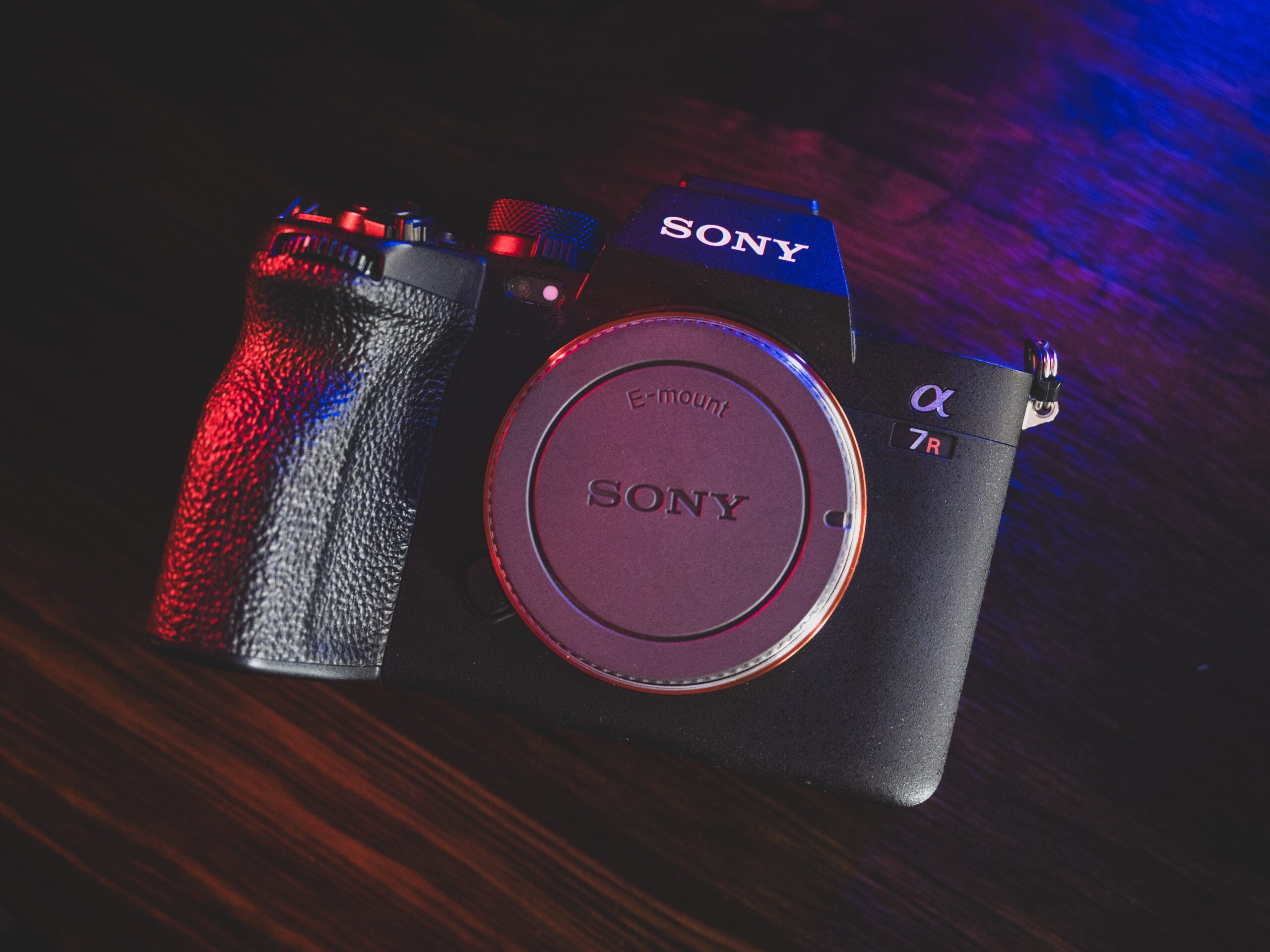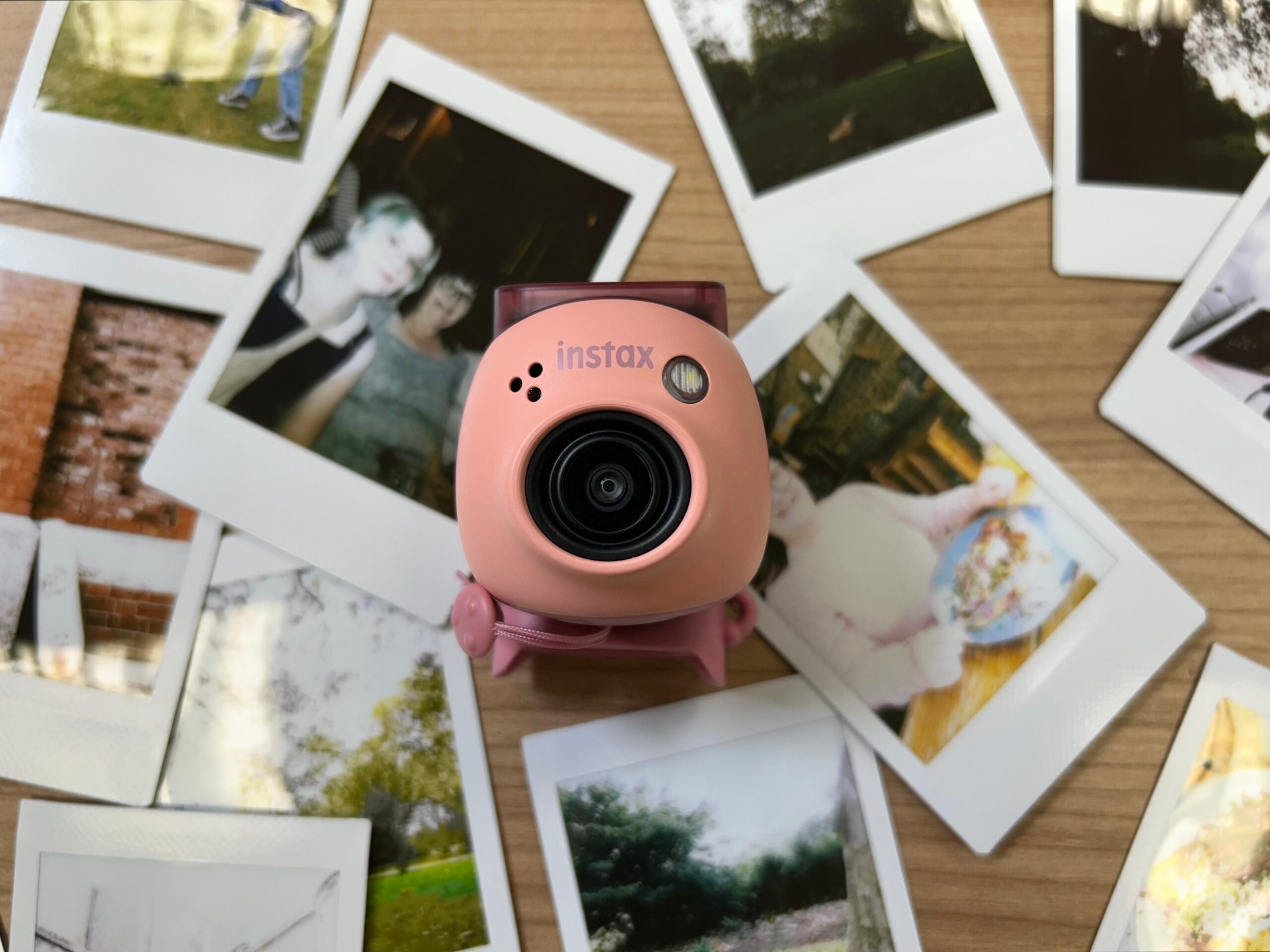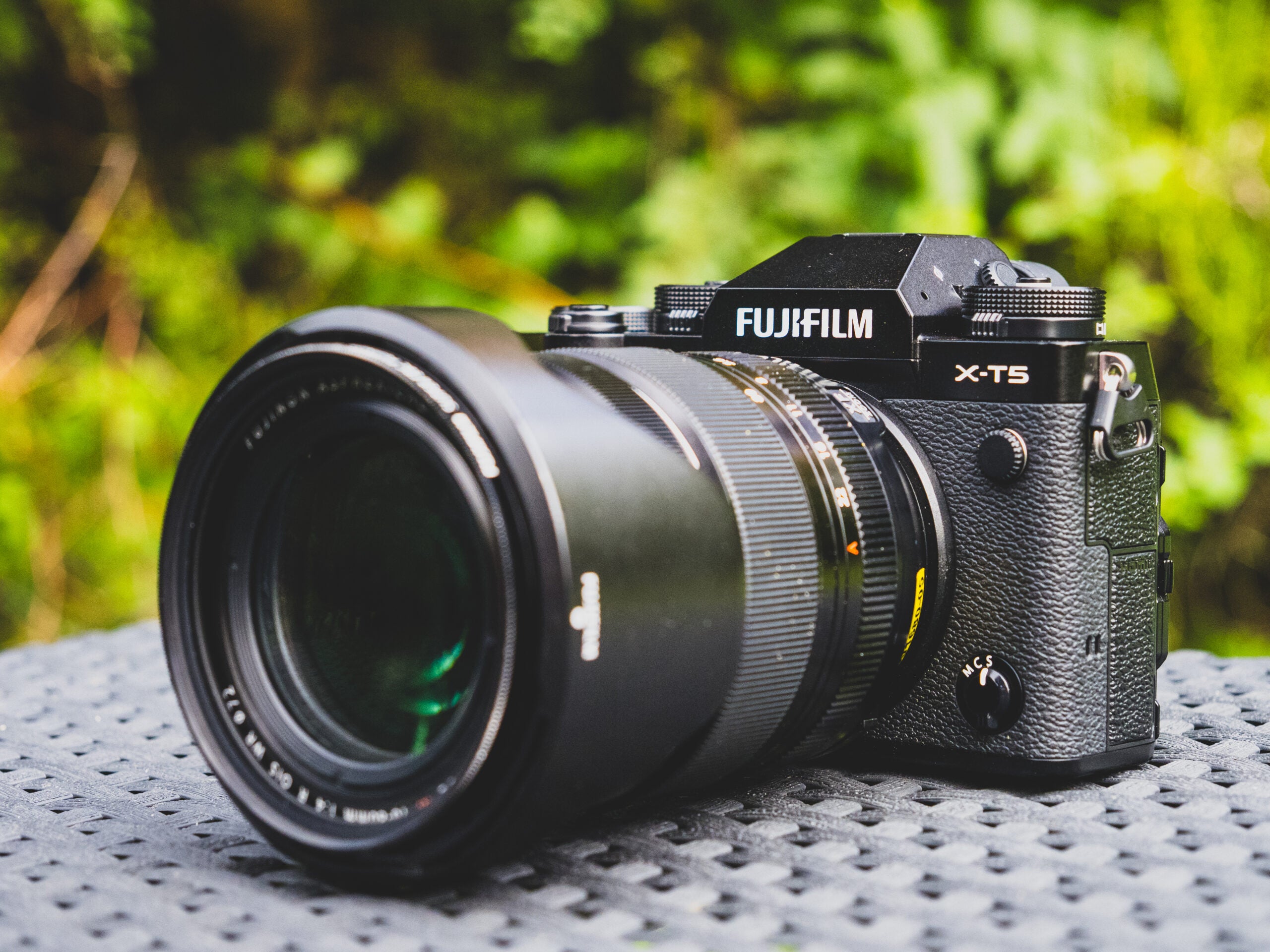DJI Osmo Pocket 3 Review
The third iteration of DJI’s gimbal vlogging camera comes with major upgrades

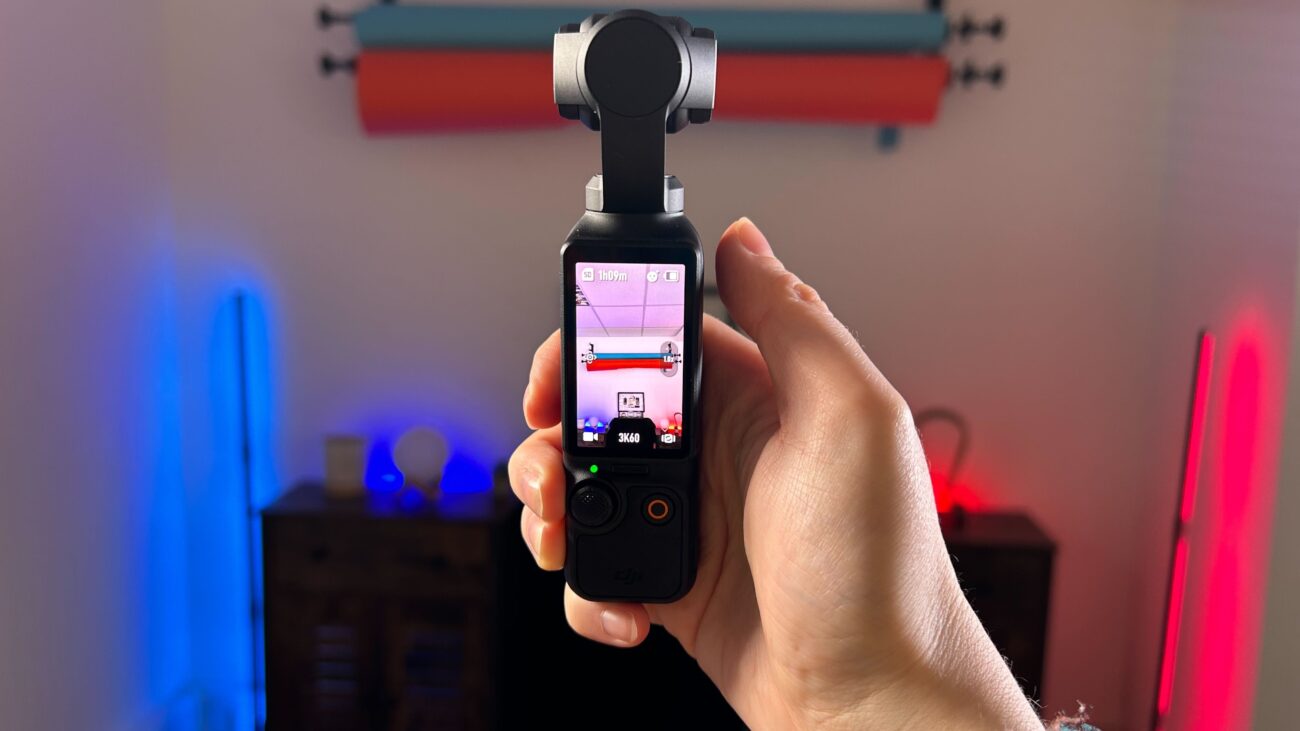




Verdict
The DJI Osmo Pocket 3 is one of the more unique cameras on the market, with a built-in 3-axis gimbal making it possible to capture super smooth video wherever you are. It also includes some major upgrades over 2020’s Pocket 2.
Pros
- Smooth, detailed 4K video
- User-friendly controls
- Rotating touchscreen for vertical and horizontal filming
Cons
- No waterproofing
- The Creator Combo is expensive
Key Features
- 1-inch CMOS sensor4K/60p video and 9.4-megapixel stills
- 2-inch touchscreenRotates to film horizontal and vertical video
- Smooth video3-axis gimbal stabilisation
- Full-pixel fast focusing AFPlus a new Product Showcase setting
Introduction
The DJI Osmo Pocket 3 is the third iteration of DJI’s gimbal vlogging camera line and this time it comes with some major upgrades.
The most obvious update for TikTok and Instagram Reels creators is the large rotating touch display that replaces the static square screen the camera has toted since 2018. This, along with improved low-light shooting and an upgraded slow-mo mode could already have you considering trading in your Osmo Pocket or Pocket 2 for the Osmo Pocket 3.
Stick around to learn more from my experience with the DJI Osmo Pocket 3.
Design
- Osmo Pocket 3 is small with a familiar design
- Touchscreen is bigger and rotates now
- Gimbal offers 3-axis mechanical stabilisation
The DJI Osmo Pocket 3 is a compact and lightweight camera perfect for travelling and taking out on the go. At 179g, the camera is a bit larger and heavier than previous Osmo Pockets, while the design is both familiar and innovative in a way that is overall a large step up.
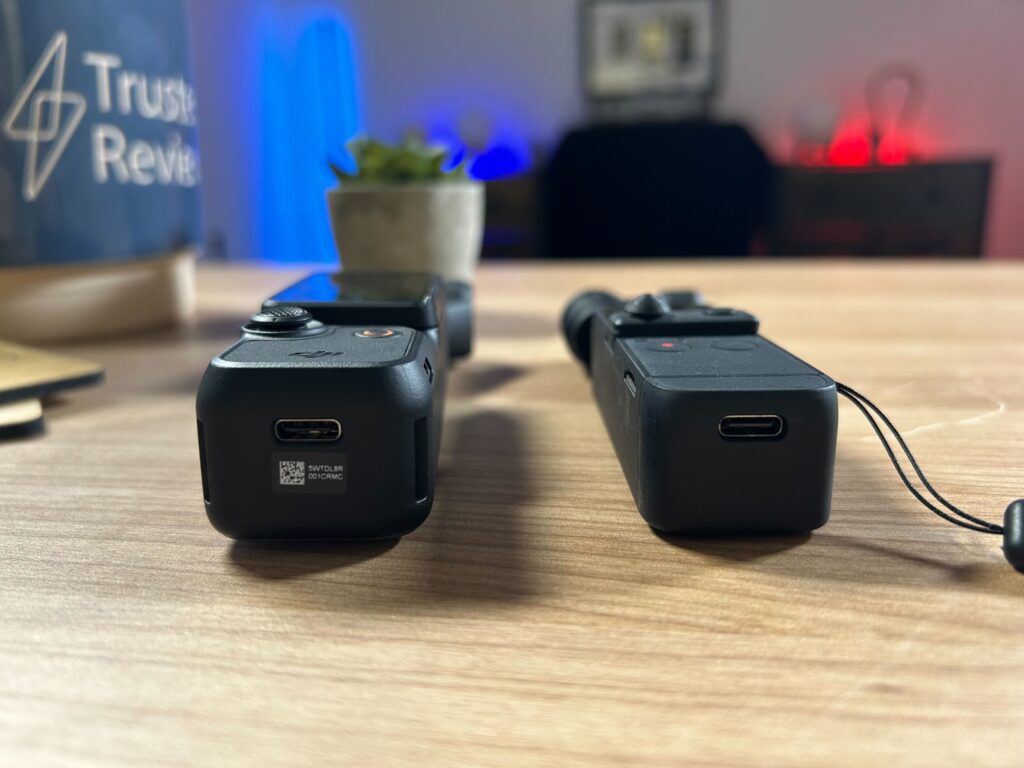
The tall one-handed design will feel reassuringly familiar to fans of the Pocket 2 and even the original Osmo Pocket. As will the limited number of physical controls, though DJI has provided even fewer of these this time around.
The function button, zoom control and even the power button have vanished on the Osmo Pocket 3, with DJI making it possible to power the camera on and off by flicking the screen or hitting the record button.
The features can be accessed via the touchscreen and you can switch between controlling the gimbal and zoom using the joystick with a tap on the right side screen.
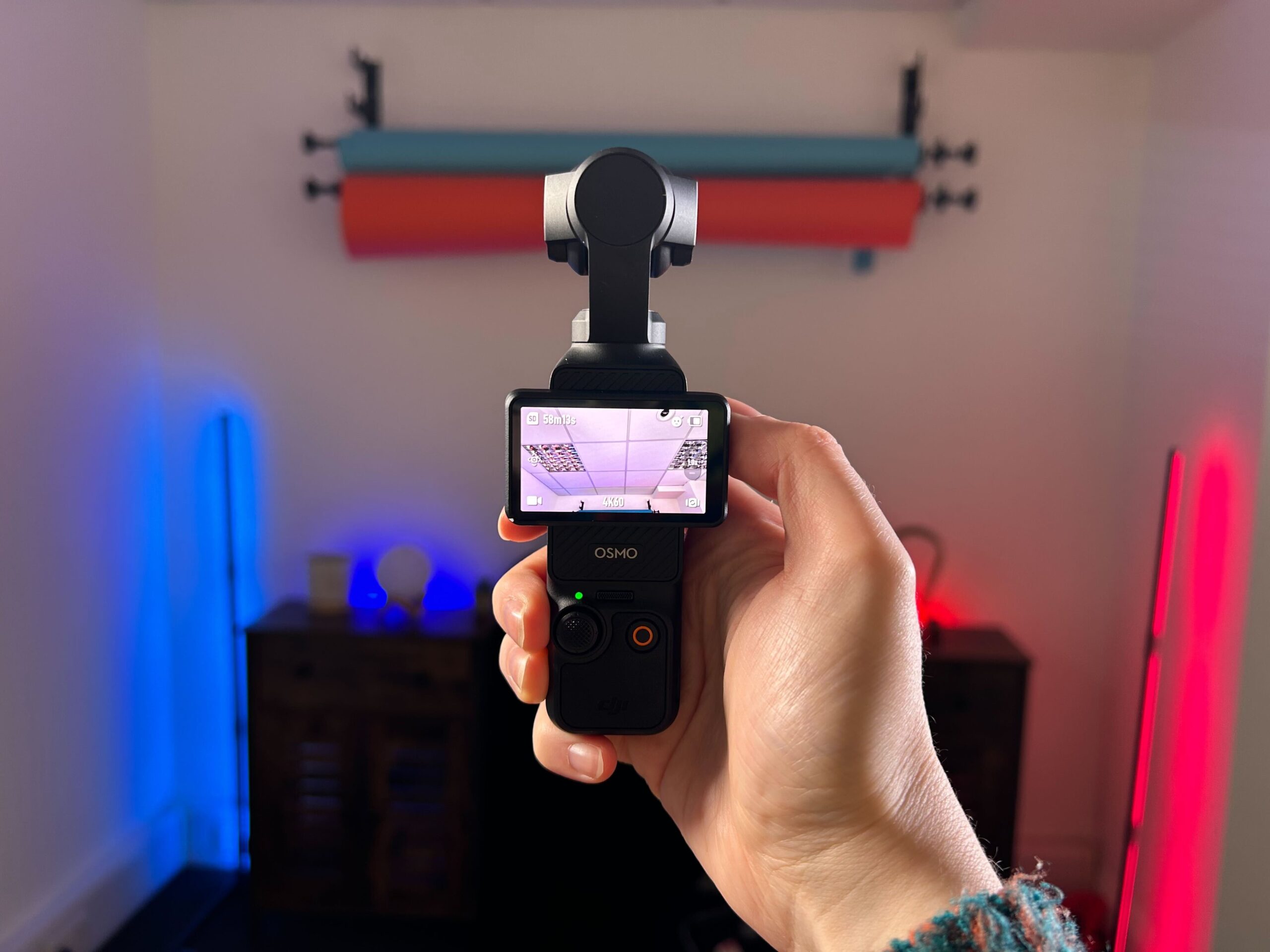
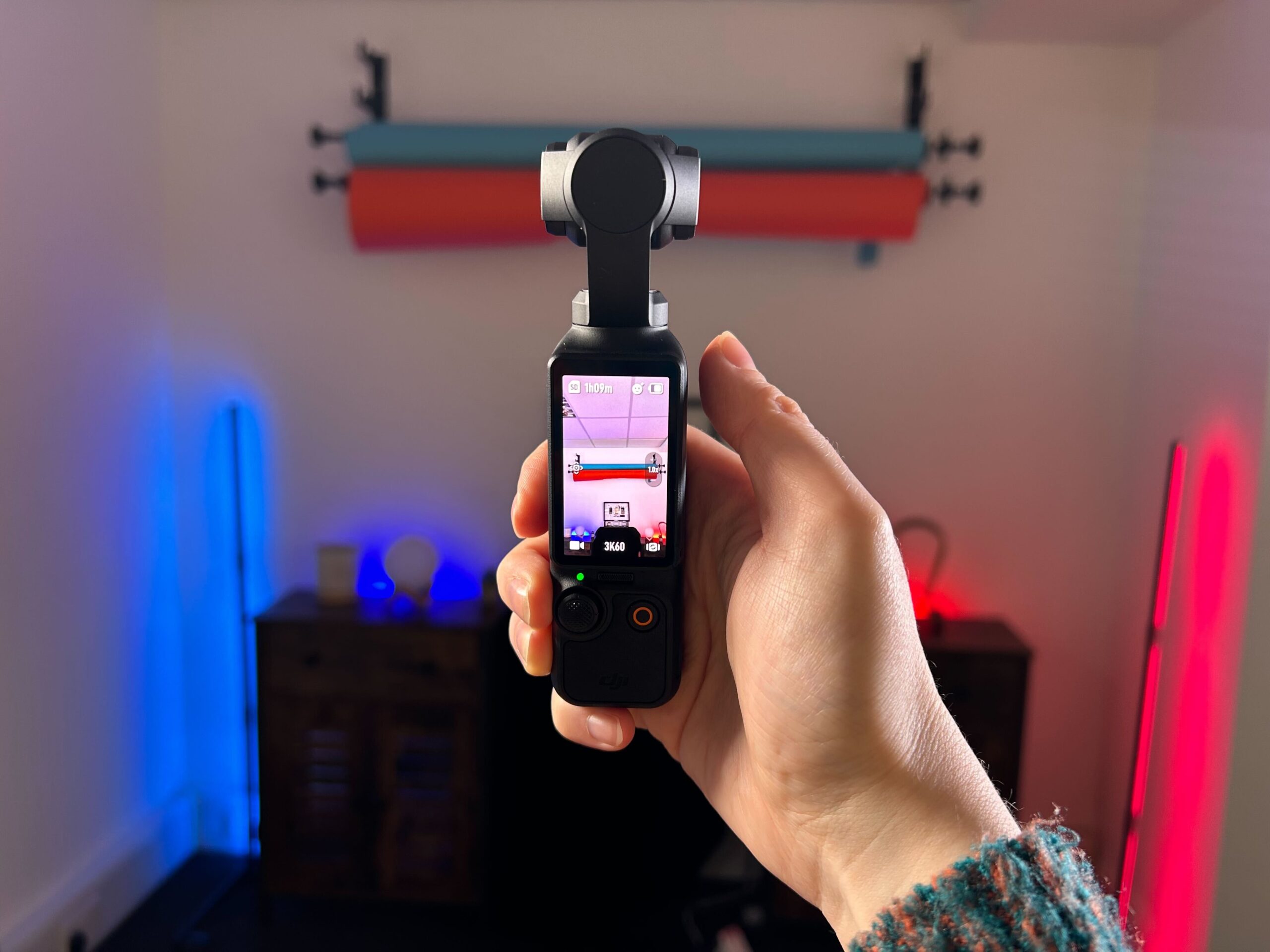
The biggest – and by far most exciting – update lies in the 2-inch OLED touchscreen. Not only has DJI increased the size and aspect ratio of the display compared to the last generation’s 1-inch square LCD screen, but it has also added a rotating mechanism.
This means you no longer have to hold the camera at an awkward angle to film content, whether you’re recording with a cinema screen in mind or vertically for social media.
Of course, all of the above wouldn’t be nearly as impressive without the three-axis mechanical stabilisation offered by the built-in gimbal. This is what gives you that smooth handheld footage.
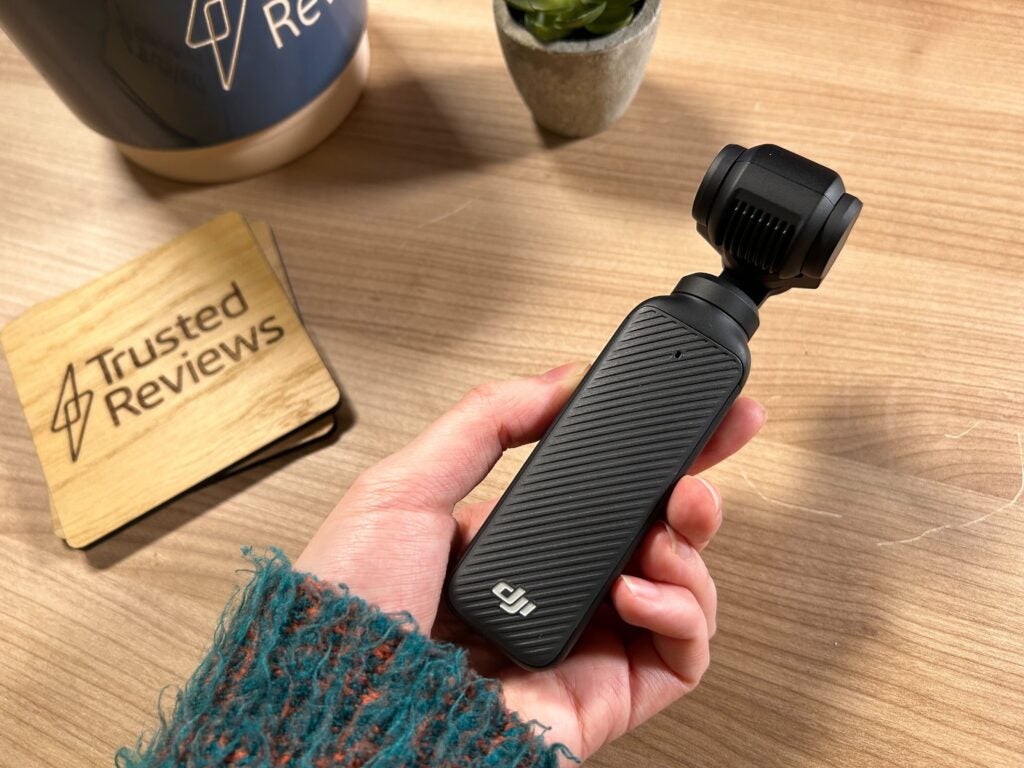
Finally, there are the accessories to consider. The DJI Osmo Pocket 3 comes with a protective cover, wrist strap, charging cable and handle with 1.4-inch thread for mounting the camera onto a tripod. I was sent the Creator Combo, which also includes a larger handle with an additional battery, a mini tripod, a wide-angle lens, a carry bag and the DJI Mic 2 Transmitter and windscreen.
Features
- Gimbal offers three follow modes and three rotation speeds
- ActiveTrack 6.0 includes new AF features
- There are also different focus modes, including a Product Showcase mode
The DJI Osmo Pocket 3 is packed with features that make it possible to get smooth and dynamic footage from the small camera.
First, there’s the gimbal itself, which features three modes: Follow, Tilt Locked and FVP. Follow is the mode I found myself using the most, and DJI says this setting is best suited to vlogs and selfie videos. Tilt Locked keeps the horizon line level, while FPV allows the camera to move and rotate freely for more creative shots.
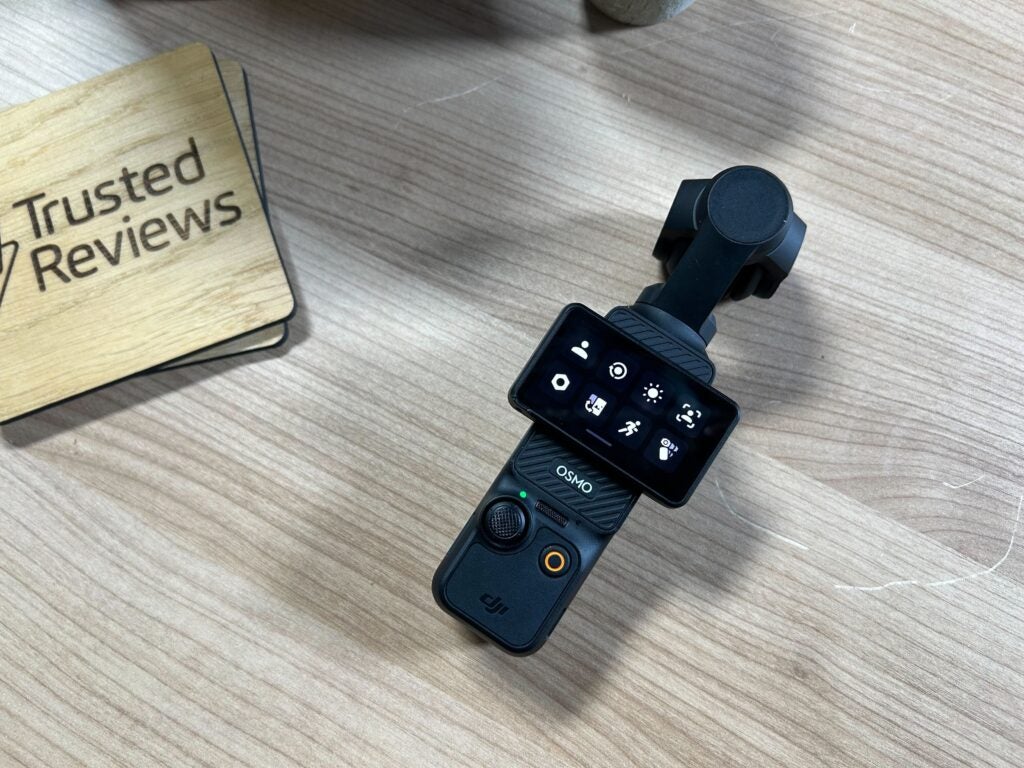
The gimbal also supports three different rotation speeds, from a slow speed that prioritises smooth footage to a fast speed that focuses on action. I found the gimbal to be incredibly smooth and stable, allowing me to capture footage that wouldn’t be possible on my iPhone 14 or DSLR.
Moving beyond the gimbal, the Osmo Pocket 3 comes with another major upgrade over its predecessor in the form of autofocus. The Pocket 3 adopts full-pixel fast focusing, which allows the subject to be locked in focus, even with more severe movements.
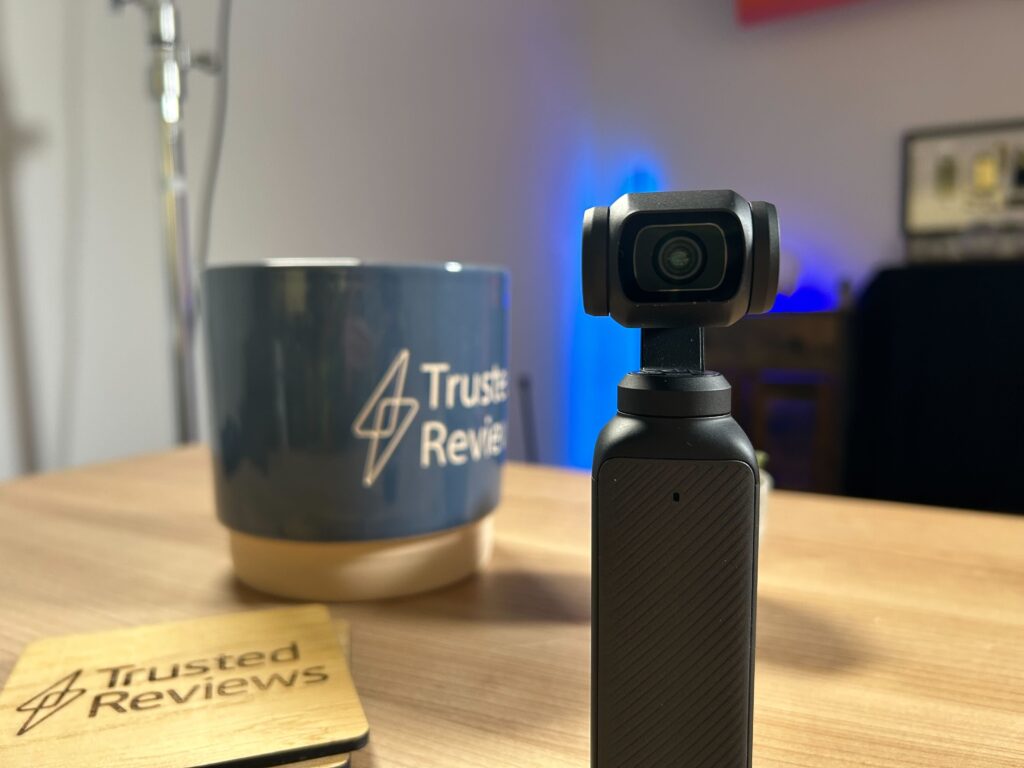
ActiveTrack 6.0 adds new AF features, including Face Auto-Detect and a Dynamic Framing mode. I found the Face Auto-Detect feature to be swift at detecting faces and it did a fantastic job at following them through the frame, even when they turned their heads.
The Dynamic Framing mode is particularly neat, allowing you to lock the focus and move the camera to capture fluid shots without losing your composition.
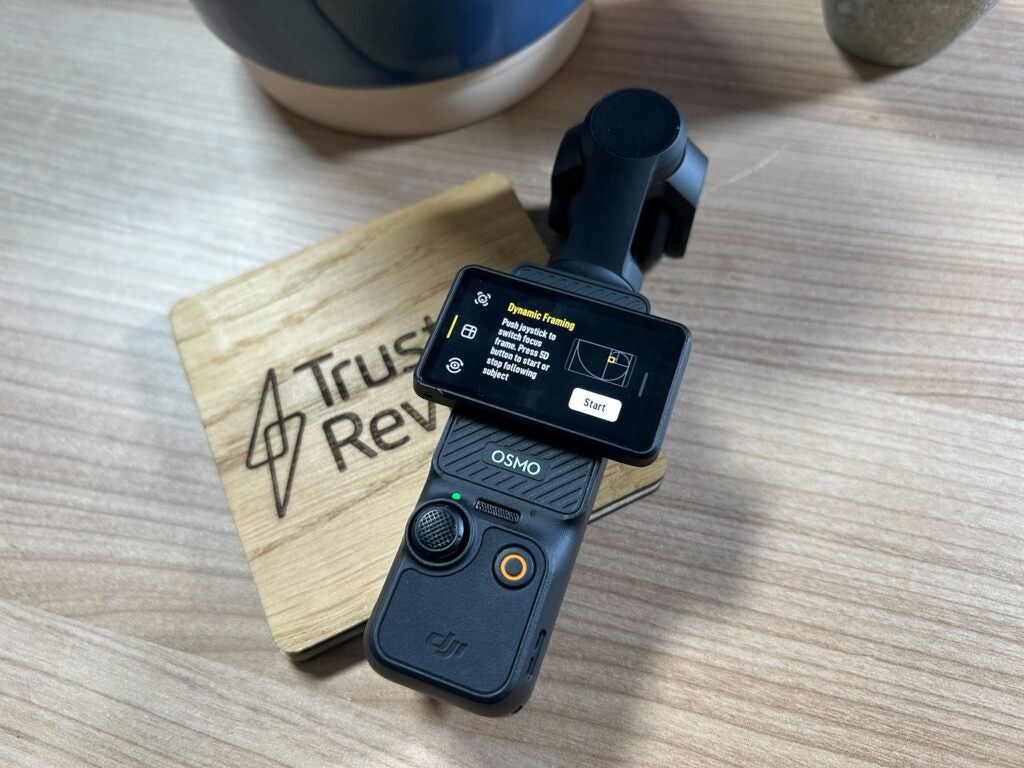
The Product Showcase mode is reminiscent of Sony’s own Product Showcase mode on its vlogging cameras, including the Sony ZV-E10. The setting is ideal for product reviewers and influencers, allowing the focus to switch to an object in the foreground quickly and smoothly, though I did find the focus was similarly quick to switch in the default Continuous focus mode.
Along with the different focus modes, DJI also offers a range of shooting modes on the Osmo Pocket 3. One of these is SpinShot, which rotates the camera to capture unique spinning angles. Other options include Panorama, Timelapse and Slow-mo in 4K at up to 120fps.
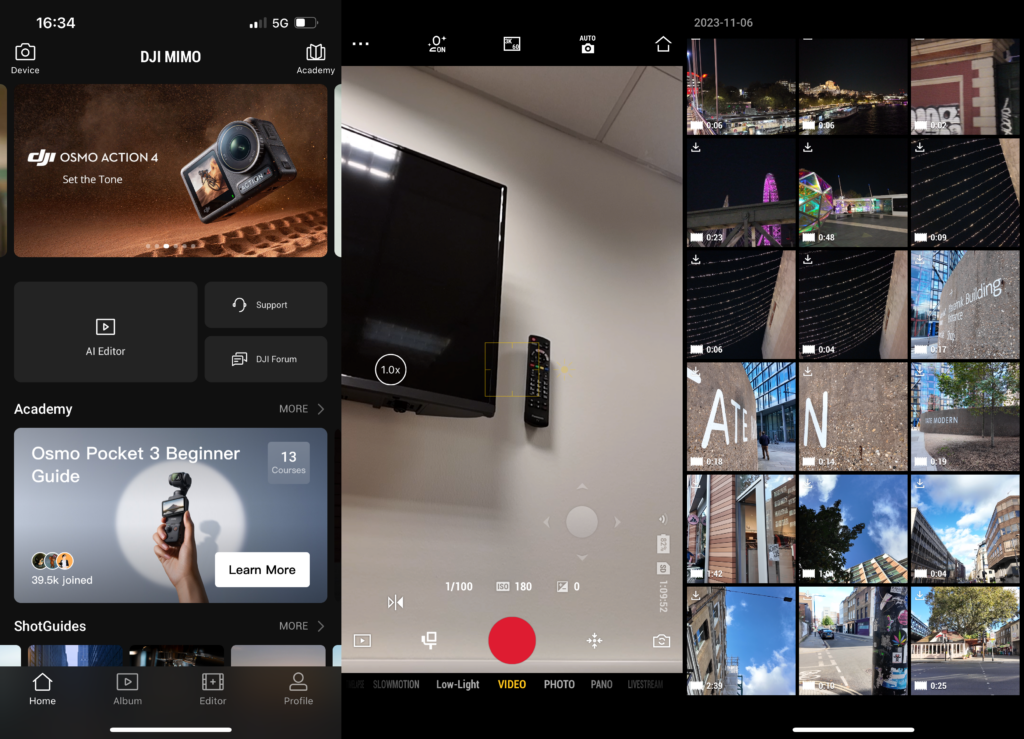
For selfies, there’s a Glamour effect that can do everything from smoothing your skin to shrinking your face and doubling the size of your eyes – though you won’t be able to adjust these parameters without the DJI Mimo app.
There’s support for live streaming via the Mimo app and you can also hook the camera up to your device to use as a webcam.
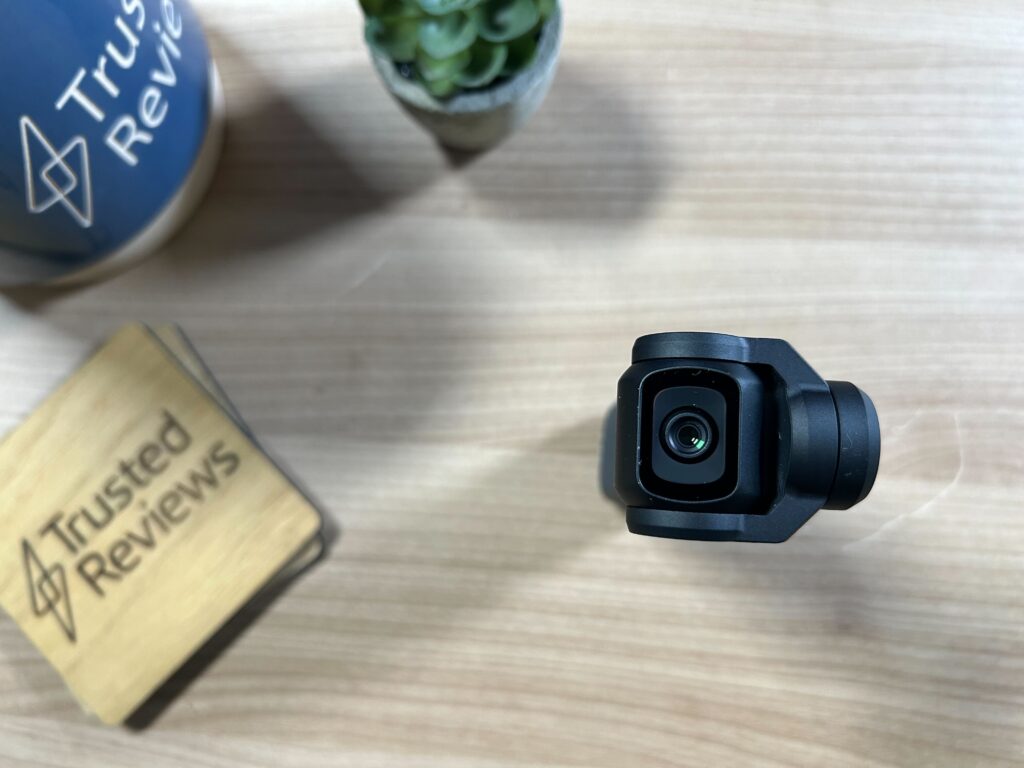
Finally, there’s the battery life. According to DJI, the Osmo Pocket 3 is capable of capturing up to 116 minutes of 4K/60fps video or 166 minutes of 1080p/24fps video with one charge. That’s 26 minutes longer than the recording time on the DJI Pocket 2. I found that the camera was able to withstand around two days of me taking it out of my bag to record short clips whenever I saw something I wanted to capture before needing to be charged.
The camera also supports 3x quicker fast charging compared to the Pocket 2 – a noticeable improvement. I plugged the camera in when it dropped to 6% and checked back half an hour later to find it fully charged and ready to go.
Image and video quality
- Camera can record 4K/60p video and 4K/120p slow-mo
- Picture quality is sharp with bright and natural-looking colours
- Audio performance is solid, but can be improved with DJI Mic 2 Transmitter
The DJI Osmo Pocket 3 is capable of capturing 4K video at up to 60p, as well as 4K at up to 120fps in the slow motion mode. The latter is a new addition to the camera that allows you to capture even smoother slow-mo footage on the camera.
I found footage filmed on the Osmo Pocket 3 to be very sharp and natural-looking, with plenty of brightness and authentic colours.
Of course, the gimbal ensures video is incredibly smooth, meaning you don’t need to worry about shaky results when vlogging on the street or turning to capture something on the other side of the road or up in the sky.
Another major upgrade for the Osmo Pocket line is the 1-inch CMOS sensor. The larger sensor improves low-light performance, allowing you to get clearer shots at night.
While the videos I shot in the evenings do have more noise than those I recorded in the daytime, the results remain sharp and the colours vibrant but not unnaturally so.
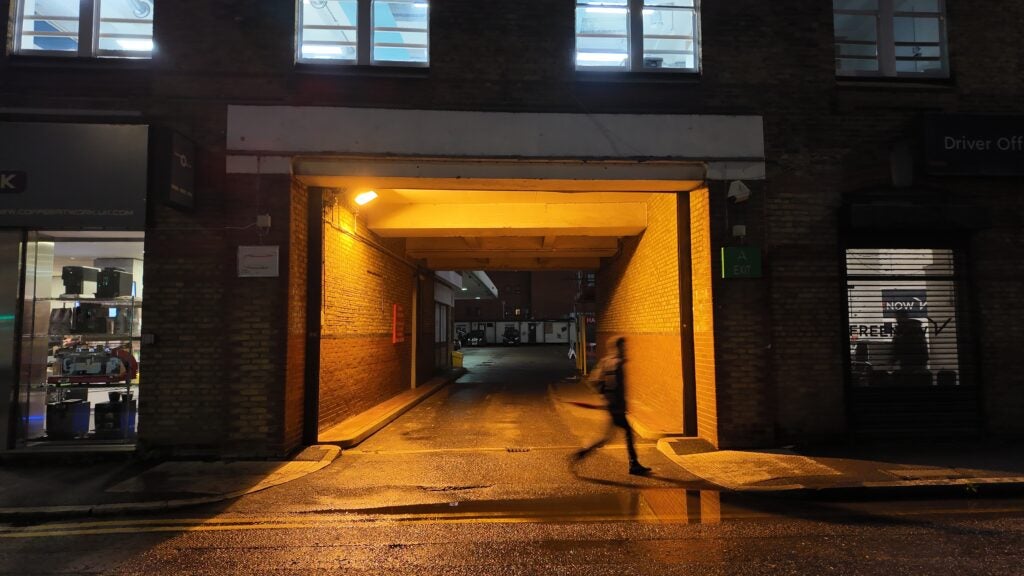
The Osmo Pocket 3 also supports 10-bit D-Log M and 10-bit HLG for professionals looking to produce more accurate colours and clearer details.
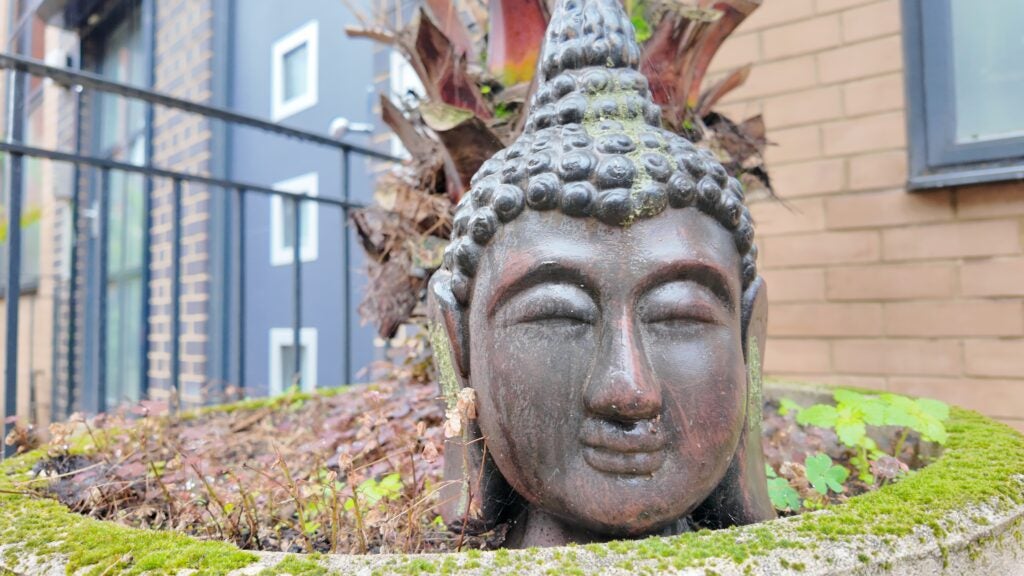
When it comes to stills, the Osmo Pocket 3 captures 9.4-megapixel shots. I found the results to be bright and detailed in the day with vivid colours at night, but I wouldn’t recommend buying this camera for still photography alone.
You can get some decent photos from the Osmo Pocket 3 but the focus for DJI is definitely on video and vlogging features.

Moving onto audio performance, the Osmo Pocket 3 is kitted with a three-mic array designed to record omnidirectional stereo sound and reduce wind noise. I found that my voice was clear through the built-in microphone and easily distinguishable from the sounds of the street in the background.
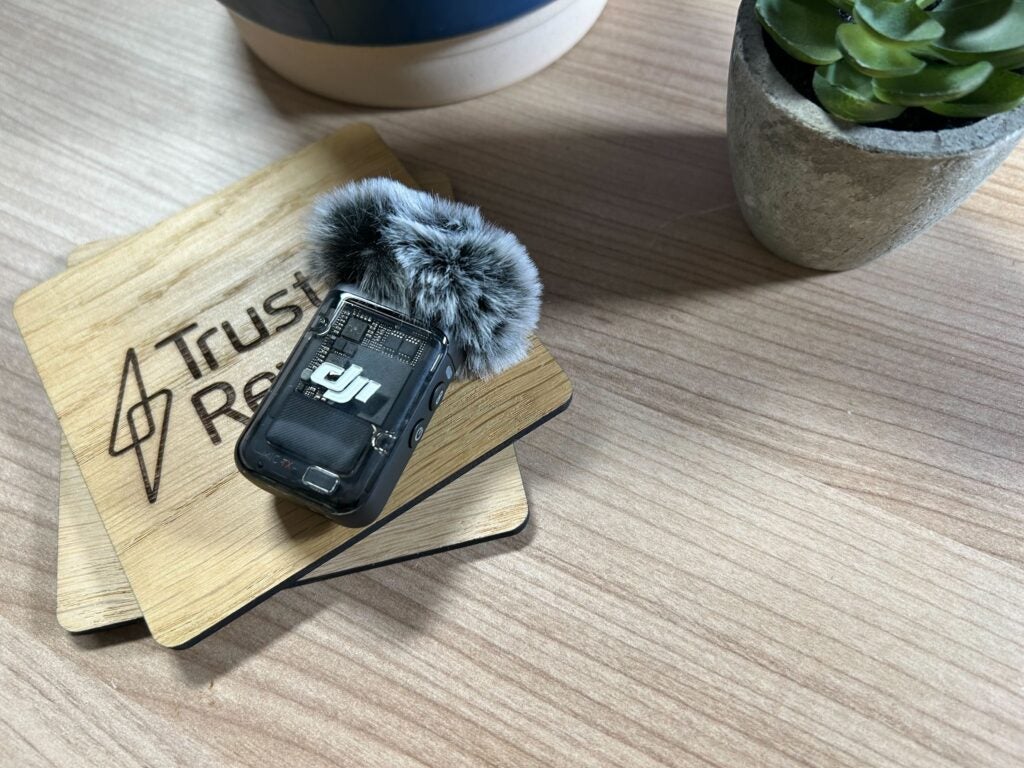
The camera is also compatible with up to two DJI Mic 2 Transmitters. I tested the Mic 2 Transmitter that came with the Creator Combo and found that the mic made a noticeable difference when it came to suppressing background noise and only picking up my voice. You may want to opt for the Creator Combo if you plan to film in particularly crowded or noisy areas for this reason.
Latest deals
Should you buy it?
You record a lot of vertical video for social media
If you’re looking for a vlogging camera that makes it as easy to record smooth 4K footage for TikTok and Instagram as YouTube, the DJI Osmo Pocket 3 is ideal.
You need a durable camera
This DJI Osmo Pocket 3 isn’t particularly rugged or waterproof. If you want a camera you can wear during sports or that can withstand more extreme weather conditions, you’ll want to stick with a GoPro or DJI action camera.
Final Thoughts
The DJI Osmo Pocket 3 might just be the best vlogging camera on the market if you’re someone who records a lot of vertical video out and about. There are also very few cameras that offer the same strengths as this camera.
Sony’s vlogging camera line, which includes the likes of the ZV-E1 and the more affordable ZV-E10, also includes some great content creation features along with a certain amount of SteadyShot stabilisation. These cameras also offer rich and detailed results and larger stills than the Osmo Pocket 3, but can’t compete with the Osmo Pocket’s 3-axis gimbal when it comes to producing smooth and steady results.
Likewise, DJI’s Osmo Action 4 or the GoPro Hero 12 will be a stronger choice in more extreme environments due to their rugged, waterproof builds. These cameras also offer a level of stability, though they don’t benefit from the same gimbal features or the rotating display.
How we test
We test every camera we review thoroughly. We use set tests to compare features properly and we use it as our main device over the review period. We’ll always tell you what we find and we never, ever, accept money to review a product.
Tested in varying conditions
Tested both photo and video skills
FAQs
The Osmo Pocket 3 has a 2-inch display that rotates to make it easier to record in different orientations.
Yes, the Osmo Pocket 3 does include autofocus.

